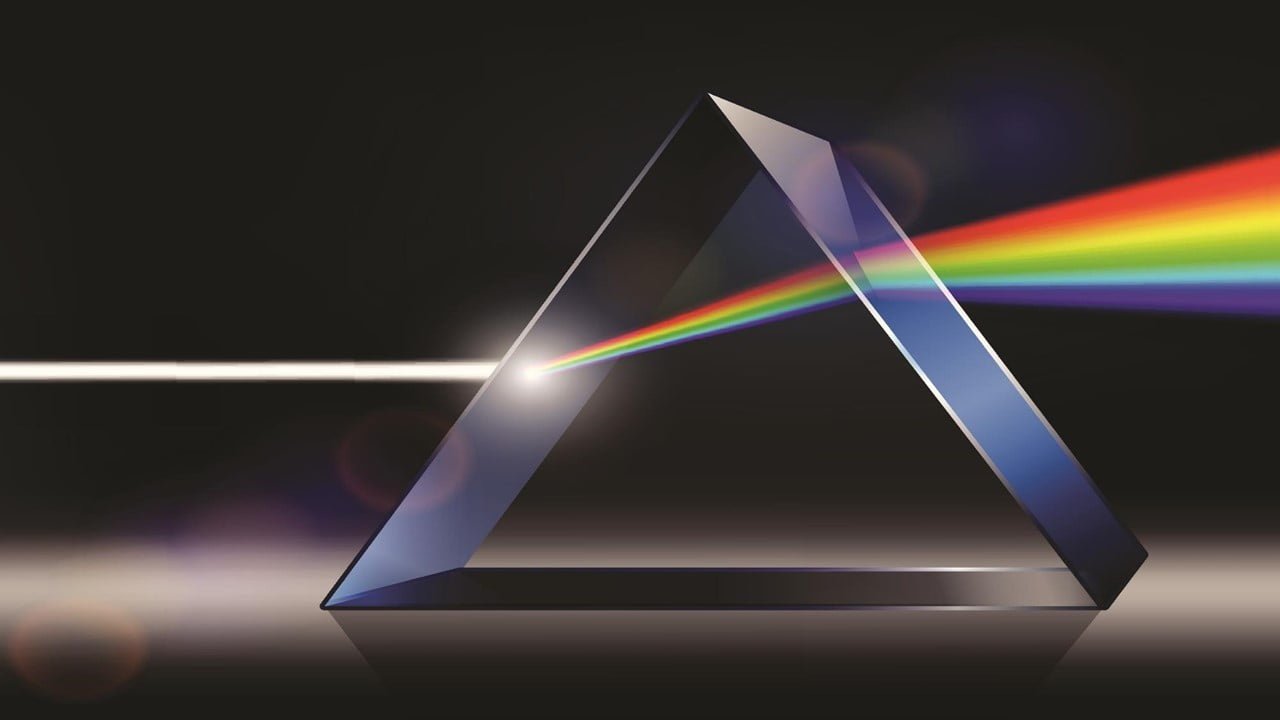
Electrochemical reduction and evolution of oxygen are two critical reactions that almost determine the performance and efficiency of clean-energy devices due to their sluggish reaction kinetics and large overpotential. Apart from the oxygen reduction/evolution reaction (ORR/OER), the importance of the hydrogen evolution/oxidation reaction (HER/HOR) cannot be ignored either, as hydrogen can work as a powerful [..]
Read More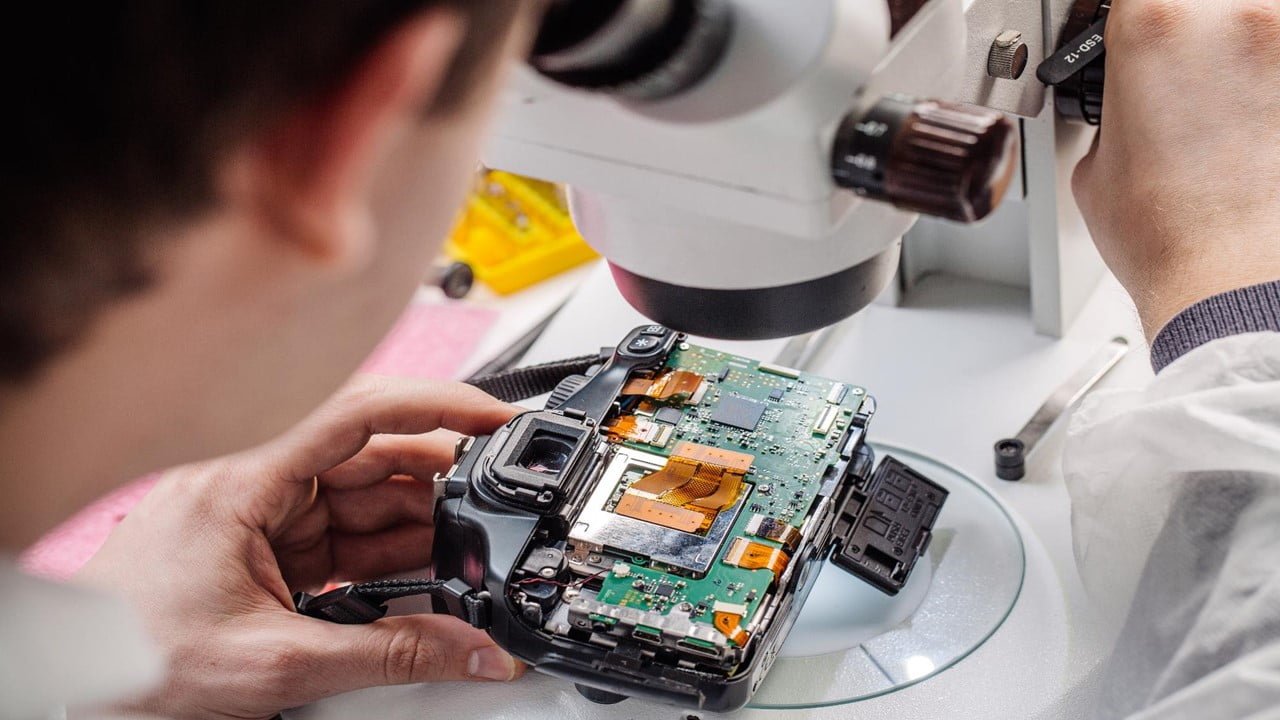
Semiconductors, at the heart of electronic and optoelectronic devices, necessitate high-purity materials and expensive manufacturing processes. On the other hand, emerging applications frequently require a combination of the electronic and optical properties of inorganic semiconductors and cost-effective solution-based fabrication techniques suitable for industrial-scale manufacturing. Colloidal quantum dots (QDs) have emerged as a versatile platform for [..]
Read More
Scientists have achieved efficient electron-beam modulation using integrated photonics – circuits that guide light on a chip. The experiments could lead to entirely new quantum measurement schemes in electron microscopy. The transmission electron microscope (TEM) can image molecular structures at the atomic scale by using electrons instead of light and has revolutionized materials science and [..]
Read More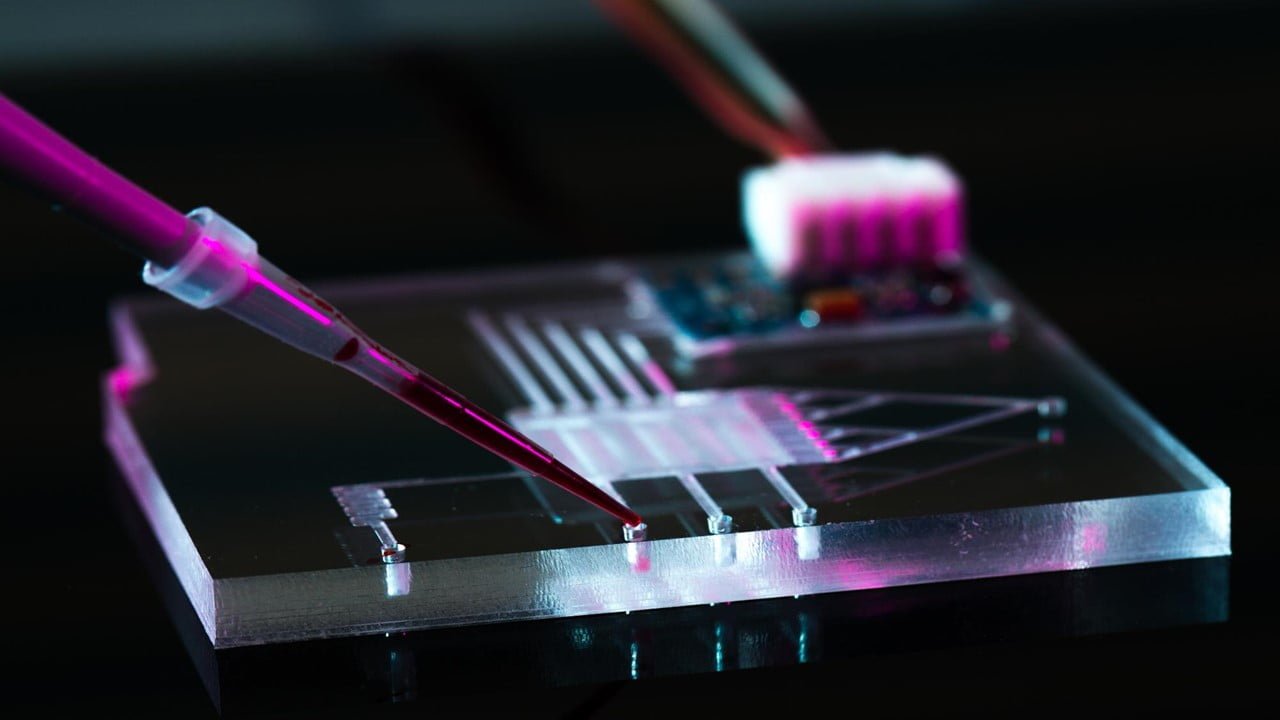
Neurons use electrical pulses and chemicals to communicate with each other. Analyzing both is critical for studying brain function and spotting brain diseases, but today’s implants can measure only one or the other. Researchers have now made a multifunctional brain chip that can measure both electrical charges and neurochemicals in the brain and inject drugs [..]
Read More
According to a new study, a diagnostic blood test may help detect early-stage lung cancer in asymptomatic patients. Lung cancer, the leading cause of cancer death, is typically diagnosed late in the progression when the survival rate is extremely low. The current method for detecting early lung cancer lesions, low-dose spiral CT imaging, is not [..]
Read More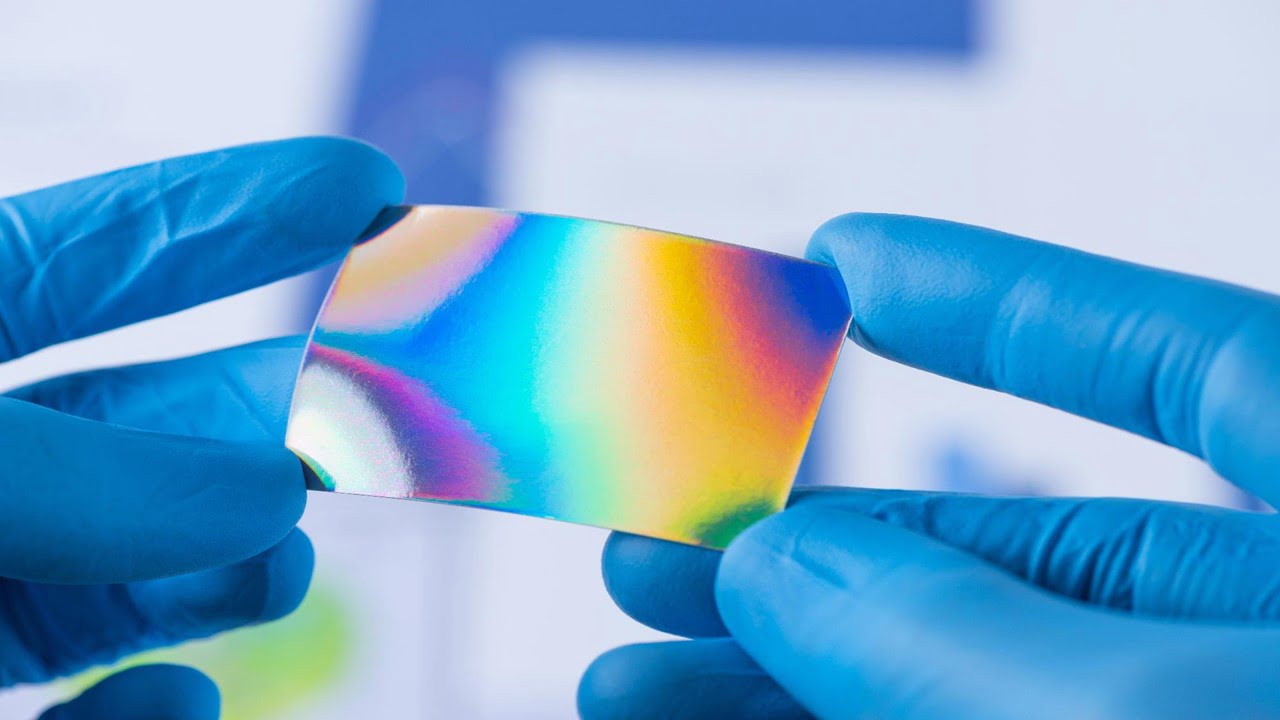
Researchers have set new efficiency records in a promising class of photovoltaic materials. These transition metal dichalcogenides, or TMDs, absorb extremely high levels of sunlight that strike their surface compared to other solar materials, such as silicon. It is far too heavy, bulky, and rigid for applications that require flexibility, lightness, and high power, such [..]
Read More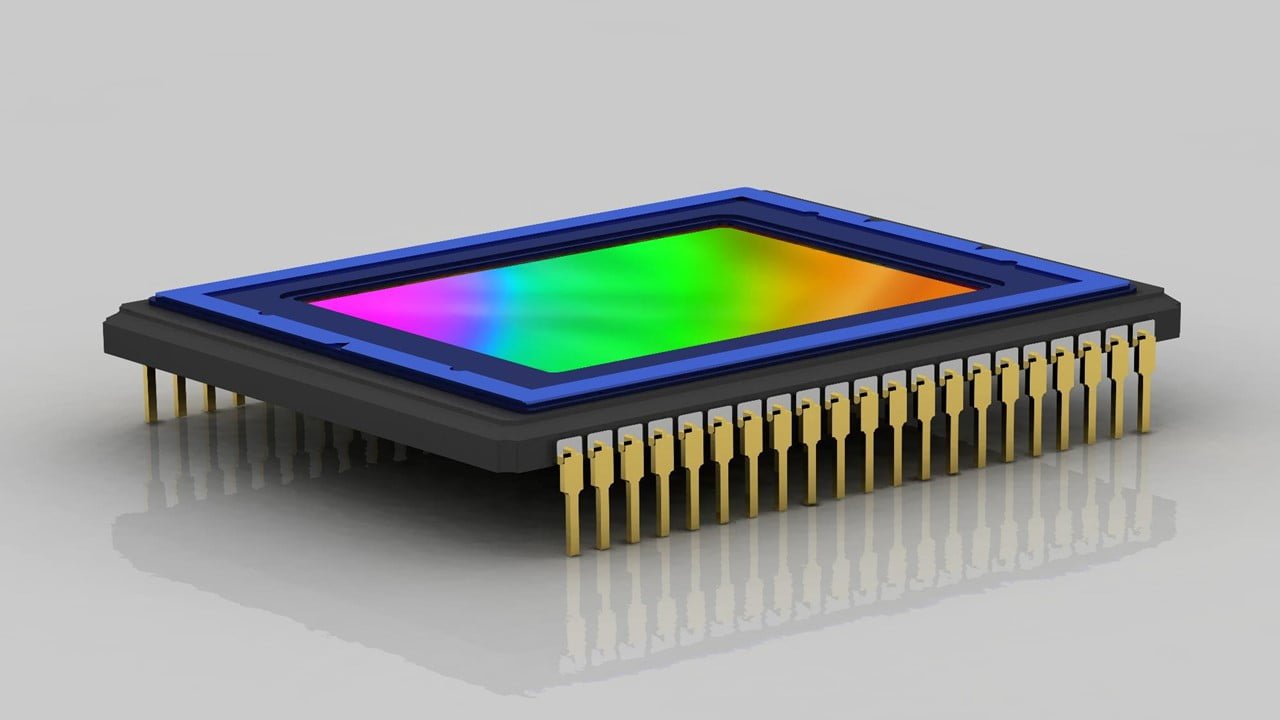
Researchers are predicting that split photons may also exist. This is a major paradigm change of how we understand light. Not only did the researchers find a new physical entity, but it was one that nobody believed could exist. The theoretical discovery of the split photons – known as a “Majorana bosons” – advances the [..]
Read More
Researchers are developing a new technique for imaging through a single multimode optical fiber the width of a human hair. The researchers aim to create a new generation of single-fiber imaging devices that can produce 3D images of remote scenes. Normally, when light shines through a single multimode optical fiber, crosstalk between modes scrambles the [..]
Read More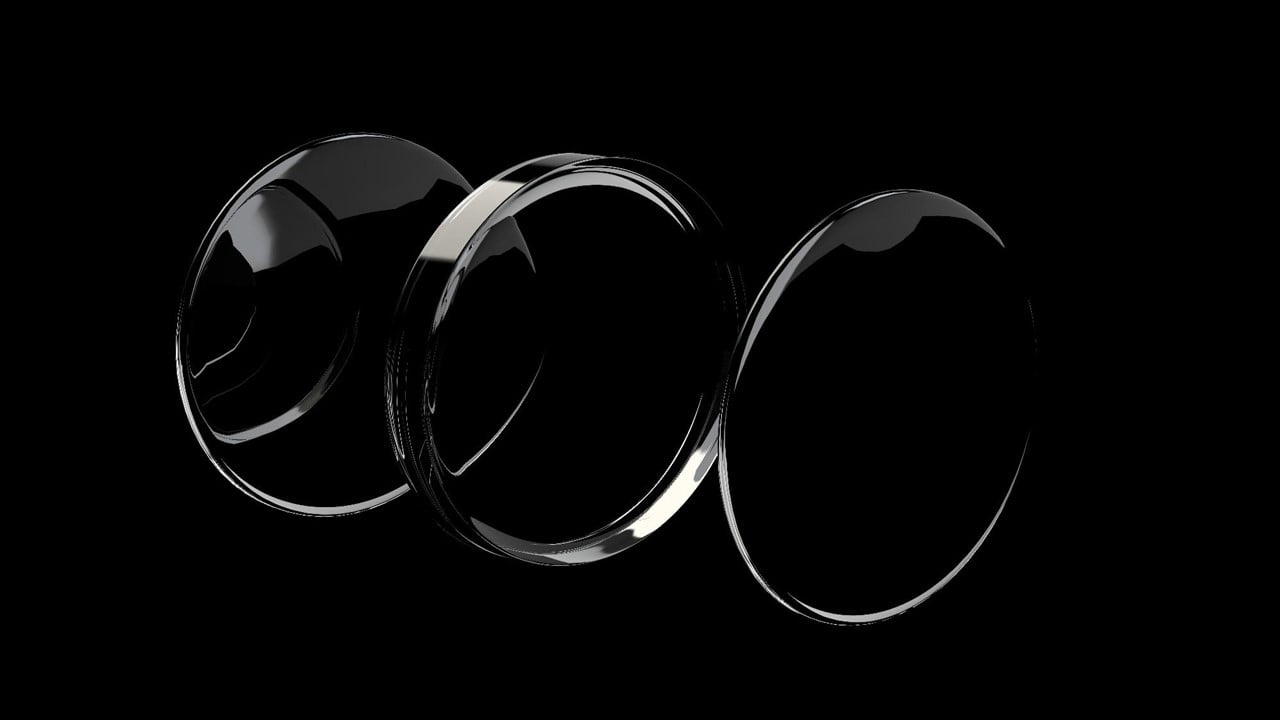
Exploring several contrasts in situ/operando at the nanoscale, such as X-ray fluorescence, diffraction, luminescence, and absorption, using synchrotron light on microfluidic systems, has the potential to reveal new properties and functionalities of materials in diverse areas, such as green energy, photonics, and nanomedicine. Researchers created and characterized a multifunctional polyester/glass-sealed microfluidic device that is well-suited [..]
Read More
Molecules have complex signatures in their spectra at infrared wavelengths, typically accessed using specialized spectroscopic equipment. Researchers discovered optomechanical frequency upconversion at ambient conditions from the mid-infrared to the visible domain using molecular vibrations coupled to a plasmonic nanocavity. Both approaches demonstrate the ability to upconvert the mid-infrared vibrations of the molecules in the nanocavity [..]
Read More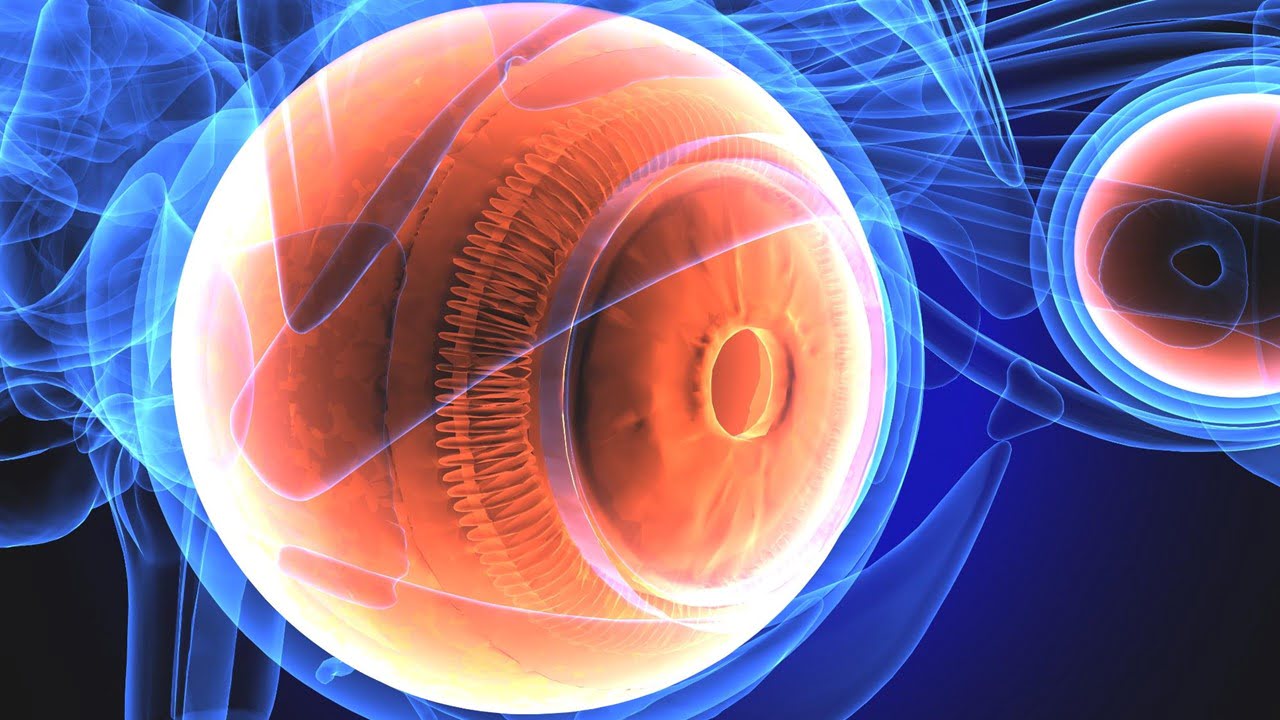
Most cataract surgeons become highly comfortable and adept at performing phacoemulsification, removing even the most difficult lenses, and placing lens implants with minimal stress throughout their careers. As their comfort level with this procedure grows, it frequently decreases with other less frequently performed procedures, such as intraocular lens exchange. For some, the prospect of performing [..]
Read MoreDepending on the electronic properties of the two materials, a primary metal-semiconductor interface can create a potential energy barrier to the efficient flow of electrons. It is critical to carefully select the contact material and the process for depositing material onto the semiconductor. Design considerations for optoelectronic components such as light-emitting diodes (LEDs), photodetectors, and [..]
Read More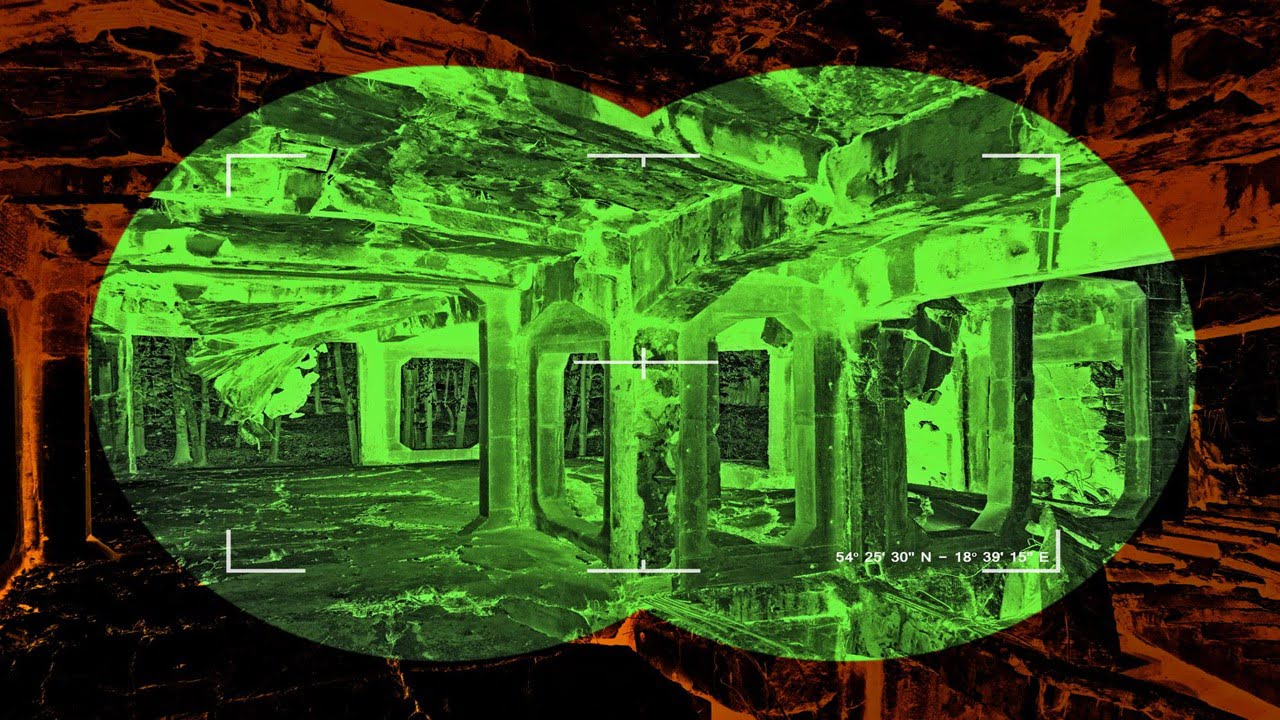
Researchers have developed a novel tunable optical filter for smart IR night vision imaging systems. They used a new phase-changing material (PCM) called GSST, which goes through a phase transition at a higher transition temperature (around 300°C). It is created by partially substituting selenium for tellurium, resulting in Ge2Sb2Se4Te1. Compared to Ge2Sb2Te5, the phase-changing material [..]
Read More
Integrated photonics is fast evolving. Investigators are now exploring the shorter—visible—wavelength range to develop a wide variety of emerging applications. These include chip-scale light detection and ranging (LIDAR), augmented/virtual/mixed reality (AR/VR/MR) goggles, holographic displays, quantum information processing chips, and implantable optogenetic probes in the brain. The one device critical to all these applications in the [..]
Read More
A new research project is developing a new generation of high-precision, low-cost sensors for future smart cutting tools. The project aims to develop low-cost, nano-scale resolution sensors for machining operations on high-value aerospace products to improve precision, reduce costs, and prevent manufacturing errors. New cutting-edge sensing technology is required to achieve greater accuracy and deal [..]
Read More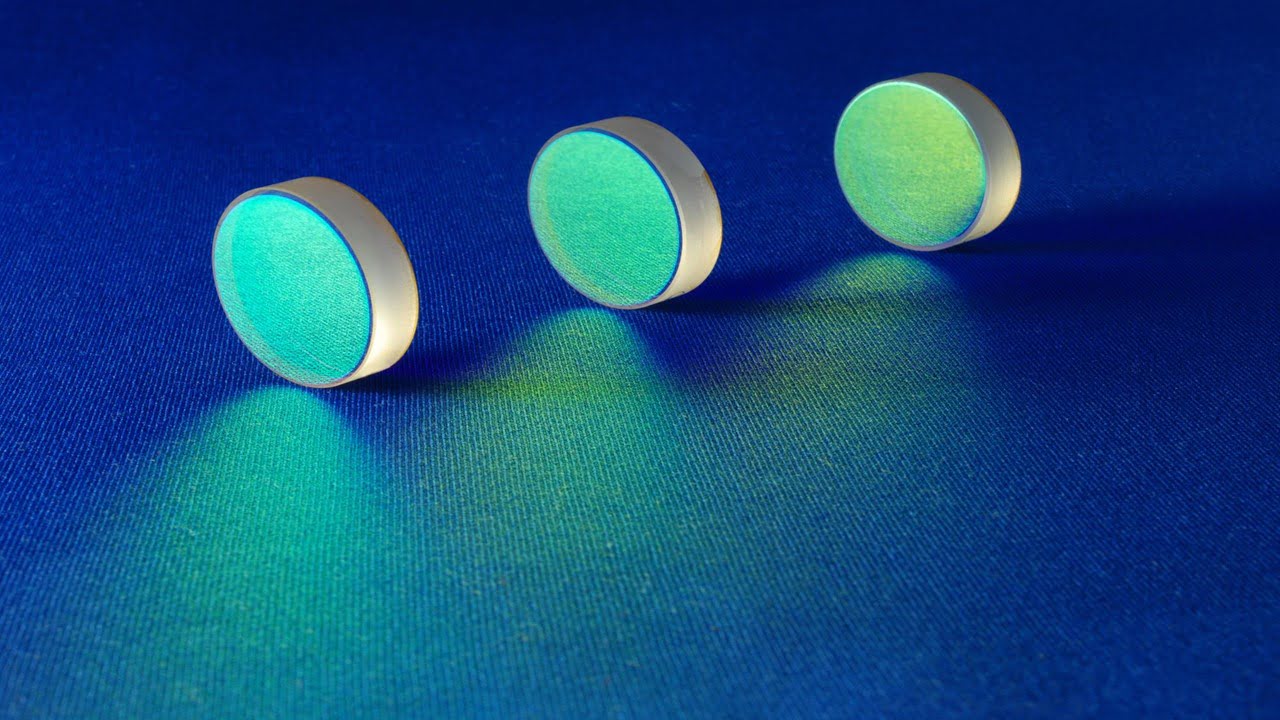
Because they transmit specific wavelengths while rejecting others, optical thin-film filters are critical components of today’s optical communications systems. These components comprise a multilayer stack of thin films on a glass substrate. The operation of an optical filter coating is based on optical interference theory. The design and manufacturing of the coatings determine the various [..]
Read More
Your dermatologist takes photographs of a suspicious-looking lesion and rapidly produces a detailed, microscopic image of the skin instead of surgically extracting a sample of skin, sending it to a lab, and waiting several days for findings. Such an imaging method could become routine in clinics due to a new “virtual histology” technology. This method [..]
Read More
Current augmented reality (AR) and virtual reality (VR) displays only show 2D images. They need to be perceptually realistic. Now, researchers are trying to bridge this gap between simulation and reality while creating more visually appealing displays. The study describes a method for decreasing the speckling distortion seen in traditional laser-based holographic displays – neural [..]
Read More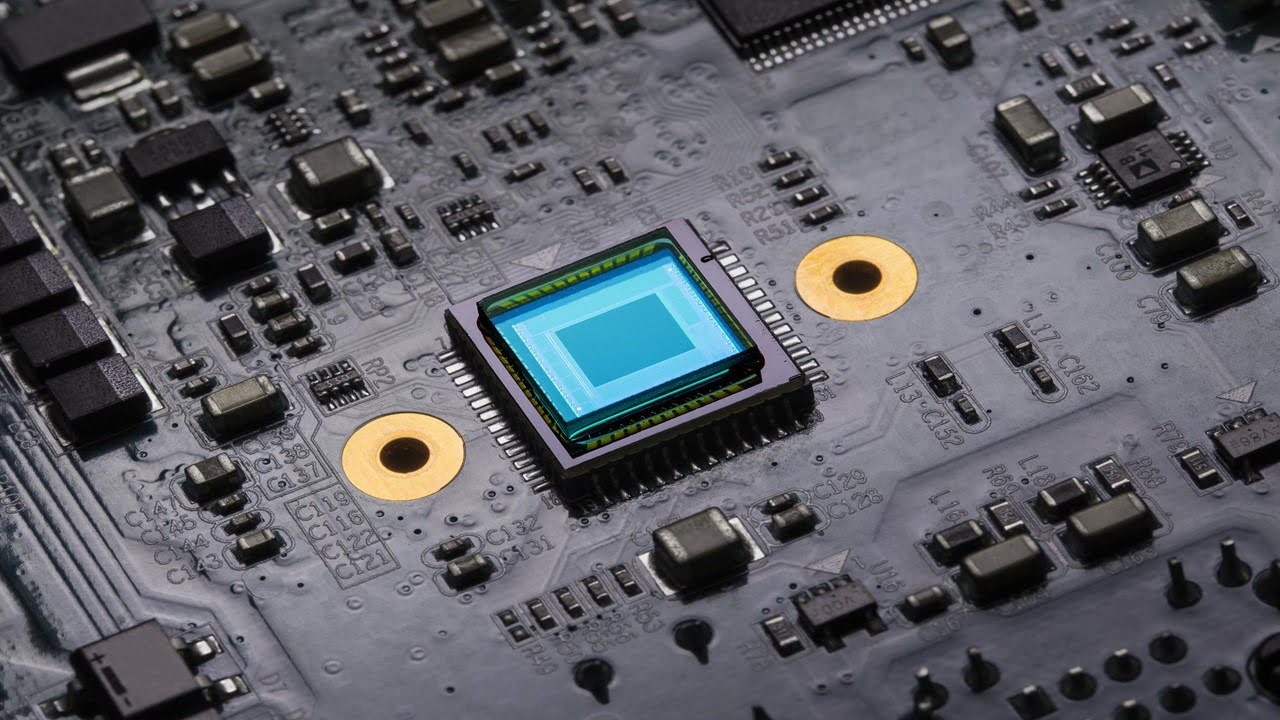
With the use of light, traditional microscopes enhance images of minute structures or objects. On the other hand, Nanoparticles are so small that they rarely absorb or scatter light and go undetected. An optical resonator boosts light-nanoparticle interaction by capturing light in the smallest possible space by reflecting it thousands of times between two mirrors. [..]
Read More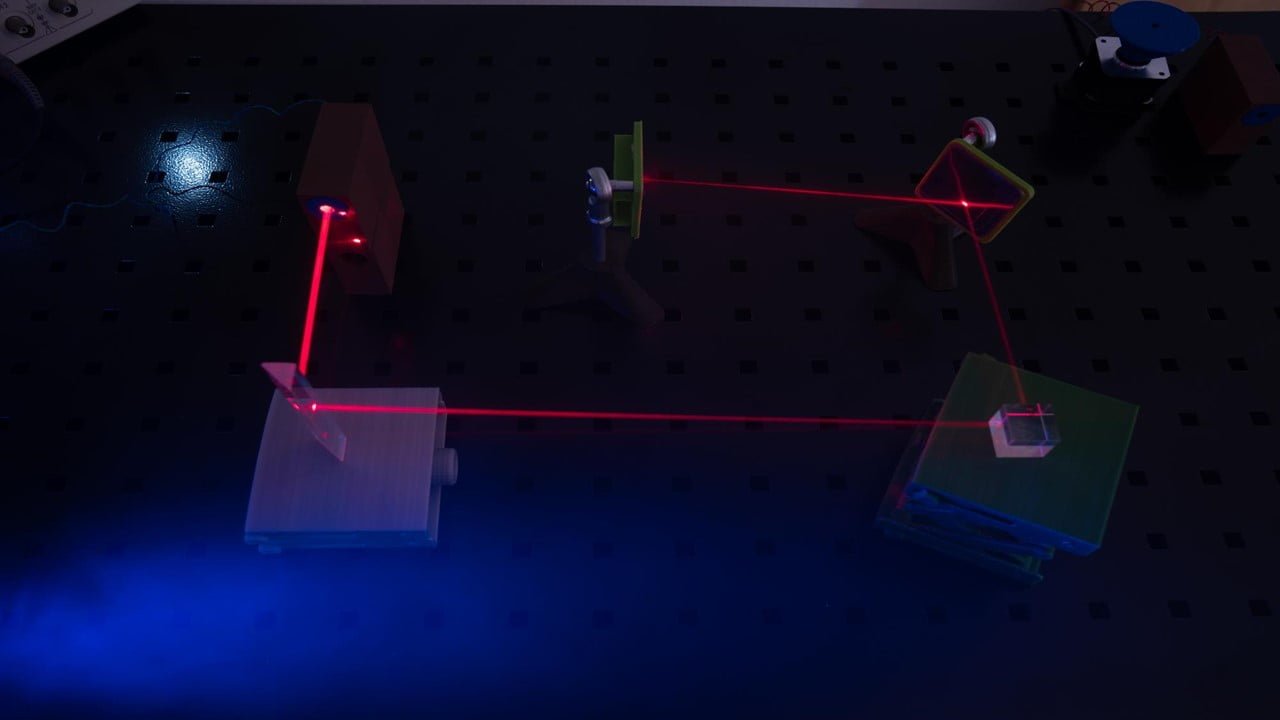
Any visible-spectrum application of ultrashort laser pulses must overcome a fundamental challenge: red light travels more quicker through transparent materials like glass than blue light. As a result, when an ultrashort laser pulse passes through a glass lens, the tightly packed light wavelengths disperse, rendering the beam useless. For decades, optical experts have struggled with [..]
Read More